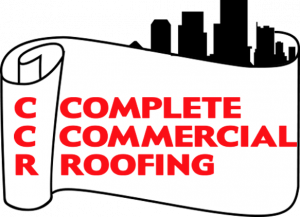Some Facts About Your Commercial Roofing System

Roofing is often thought to be a commodity, with one type of roofing product to be pretty much like another. In fact, nothing could be further from the truth. There are vast differences between shingle roofs and flat commercial roofing systems for example, and significant variations between the diversity of commercial roofing products that are available. Continue reading for some specific – and possibly new-to-you – details about commercial roofing systems.
Shingled roofs have a clear slope to them, for aesthetics and to enable good drainage. In fact, “flat” commercial roofs, although not typically visible, are sloped as well. When the building was originally constructed, it was engineered to slope toward the outside edges with gutters and downspouts or toward the interior of the roof where drains are located. These channel water through the building and empty at or below ground level. Commercial roofs can settle over time. In that case a new roof installation might include v-shaped structural additions called crickets, that are then covered by the new roof membrane and direct water so that it doesn’t collect on the rooftop.
Another way that commercial roofing systems are different from shingled roofs is that they require a special contractor skill set for installation and maintenance. It’s not uncommon for homeowners to replace damaged or missing shingles on their own. But commercial systems vary widely in their technology and installation and repairs are best left to commercial roofing professionals who understand attachment methods and termination, material compatibility, drainage, insulation, and other factors.
Your commercial roof could add value to your bottom line. The trend in roofing systems these days is toward highly reflective thermoplastic membranes. These systems help minimize the penetration of heat into your building, potentially reducing the energy (and cost) needed to cool a building by as much as 40%. Cool roofing systems have also been shown to help prolong the life of rooftop HVAC units and preserve the R-value of rooftop insulation.
At Complete Commercial Roofing, we clearly understand the differences between roofing products as well as how to help you get the most out of your commercial roof, whether it’s a new installation or modifications to your current system. We would welcome the opportunity to work with you on your next roofing project.





